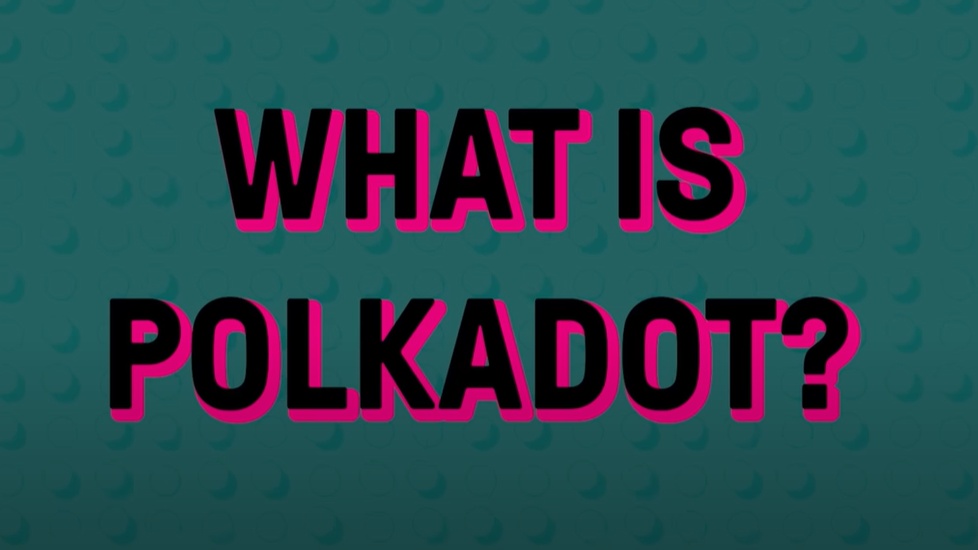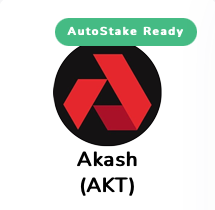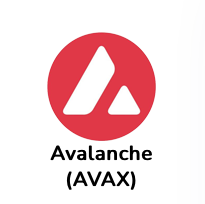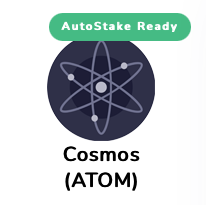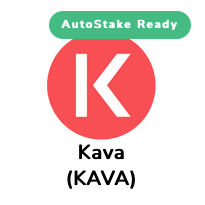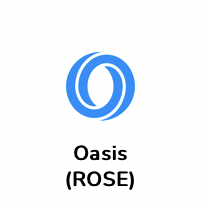Get answers to common questions about Cosmos
What is Polkadot?
Polkadot is a functioning as a layer-0 metaprotocol, it serves as the foundation for a network of layer 1 blockchains, known as parachains. This innovative design enables the exchange of various data and assets, fostering interoperability among blockchains beyond simple token transfers. To learn more read the Whitepaper.
How does Polkadot staking work?
When deciding to stake your DOT, you are delegating to a validator node. The more DOT that is delegated to these validators, the more transactions the validators will be able to approve and validate on the Polkadot blockchain network. When staking your DOT, you will accumulate rewards generated by the validator nodes from the blockchain network protocols for successful transaction validation activity in the form of the native tokens. If you are planning to hold on to DOT for a longer term investment, delegating will help you accumulate more DOT while contributing to the health of the network.
What are the risks of delegating on Polkadot?
Like many blockchain protocols, the consensus mechanism used by Polkadot includes a slashing mechanism whereby any validator that misses too many blocks or double signs a block are penalized by the network slashing the staked amount on that validator.
What are the use cases of Polkadot?
Polkadot serves as the foundation for a network of layer 1 blockchains, known as parachains. These chains can be used for a wide variety of blockchain development.

